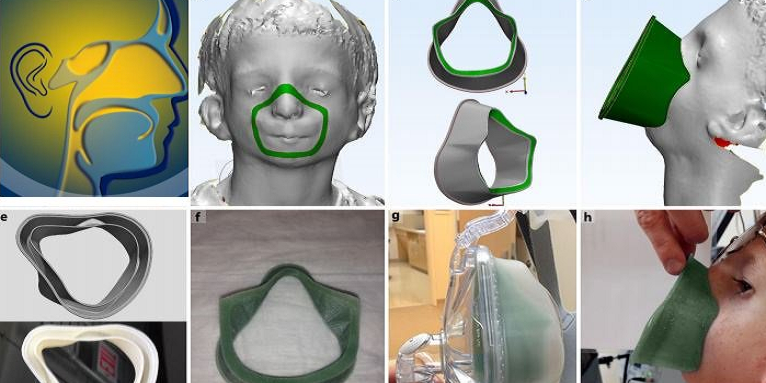The medical field has been a consistent example of an industry that is able to take advantage of 3D printing’s aptitude for rapid prototyping and the ability to create tailored solutions to common problems. We’ve seen 3D-printed medical solutions ranging from 3d-printed bones, patient-specific anatomy models, improved 3D-printed prosthetics, to 3D prints being used to repair heart chambers.
Many young children with craniofacial anomalies and syndromes involving the mid-face and mandible, such as Treacher Collins Syndrome, often suffer from Obstructive Sleep Apnea, or OSA, as a side effect. Unfortunately, traditional surgical solutions to OSA are often ineffective and many young patients end up requiring the use of CPAP. Compounding the issue, the most common CPAP masks often don’t fit the patients well, resulting in leaking and discomfort.
The researchers found that the custom printed CPAP masks were able to significantly improve treatment efficiency in their initial trials. Although it’s early in the research, they feel that 3D printing technology could potentially increase CPAP adherence and more effectively treat patients with craniofacial anomalies who have issues with the mask interface.
In addition to these custom masks, and the numerous examples of 3D printing in the medical field, some research suggests that the 3D printed materials industry is expected to grow by nearly 700% over the next five years. This could serve to further stoke the flames of innovation in the medical implant and prosthetic industry.
We’re likely to continue to see the adoption of 3D printing in every field from generic applications like prosthetics, or dental applications, to more custom applications like these custom CPAP masks. It’s easy to see how the market for 3D printed medical applications has room to grow. Let us know your thoughts on this particular application for 3D printing in the 3D Printed CPAP Mask forum thread on 3DPB.com.
